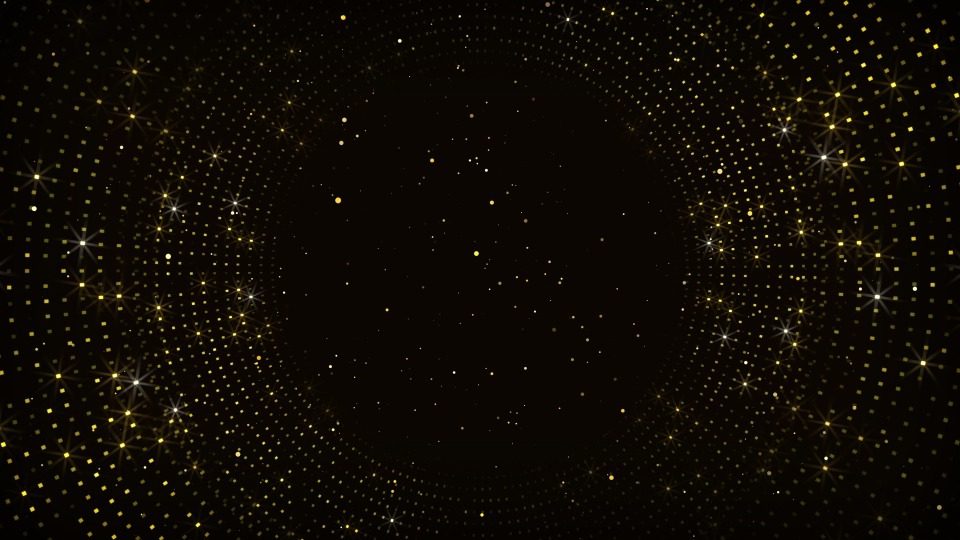Language, be it written or spoken, can be vague, ambiguous and difficult to interpret. Take the famous Groucho Marx line:
“One morning I shot an elephant in my pyjamas. How he got into my pyjamas, I don’t know!”
This quote highlights the ambiguity we face in interpreting language, and shows how much we depend on context and our background knowledge (in this case of the fact that elephants are not prolific pyjama wearers) to interpret even the most simple of sentences.
Those of us that deal with patents on a daily basis learn to deal with that ambiguity – be it interpreting the scope of a patent claim, the meaning of the law, or the objections of a patent office examiner – but it still poses a challenge. If specially-trained humans find the interpretation of language hard, it is probably unsurprising to hear that computers find the task difficult too.
Natural Language Processing (NLP) involves the application of sophisticated machine learning models to accurately process language, be that for machine translation, improving your conversation with Siri®, Alexa® or Bixby®, or making sure your search query returns accurate results. As long as the processing that is carried out solves a technical problem and is more than the automation of an abstract idea, it has the potential to be patentable in Europe and the US.
In this article, we provide an overview of recent patent activity in NLP, highlighting the big players and trends, and noting some interesting technical problems being addressed in recent patent publications.
Who is active in this area?
Since the beginning of 2013, nearly 13,000 patent applications at WIPO, the USPTO and EPO have been filed that relate to NLP[1]. The pie chart below highlights the top 10 applicants:

Interestingly, perhaps with the exception of Nuance Communications (a specialist speech and image processing company), the top 10 are all household names. The top also 25 includes a number of other multinationals, such as HP, SAP, Sony, Facebook and eBay.
What are they using NLP for?
We sifted through some of these applications, to get a feel for the types of problems that NLP is being applied to, and some illustrative examples are outlined below.
IBM’s recent US patent application US 2017/109336 A1 uses NLP to work your emotions based on the way you type a message. Based on the words you choose, the prevalence of spelling errors, and the length of the pauses between your key presses, the learning system works out whether you are happy, sad, angry, sarcastic or surprised, and can automatically include an emoticon that reflects your emotion.
At the other end of the spectrum, Google’s recent US patent application US 2017/0322923 A1 focuses on identifying potentially abusive text, and suggesting to the writer that they may want to tone their language down to avoid offence, as shown in the following extract:
“For example only, the user could be authoring the following text:
Could I ask you to show a bit more empathy for the people who these discussion are intended to help rather than focusing on the almost completely hypothetical
harm to you? Sorry, I keep forgetting that you are the victim in all this.
The machine-learning classifier could be utilized to identify the text portion “Could I ask you to show a bit more empathy rather than focusing on the almost completely hypothetical harm to you?” as an accusation that the recipient is only thinking of themselves. A suggestion could be “If you are feeling upset, you may be better off saying ‘I feel upset as I read . . . [and reference the text that you feel bad about].” Similarly, the machine-learning classifier could be utilized to identify the text portion “Sorry, I keep forgetting that you are the victim in all this” as coming across as sarcastic and insulting. A suggestion could be to remove it from the text.”
Another example with which some of us are unfortunately familiar is Facebook’s method of prompting users to mark themselves as safe in the event of a natural disaster or terrorist attack. Facebook have a granted patent for that method (US 9,848,313). Claim 1 reads:
- A method comprising:
- by a computing device, identifying an emergency event;
- by the computing device, determining that a threshold percentage of users who are associated with the emergency event have posted content related to the emergency event to an online social network;
- by the computing device, sending, in response to the determination, a safety-check prompt to each of a first set of users;
- by the computing device, determining a current-prompting probability based on one or more engagement metrics of the safety-check prompt by the first set of users;
- by the computing device, sending, in response to determining that the current-prompting probability is above a first threshold probability, the safety-check prompt to each of a second set of users, wherein the second set of users comprises more users than the first set of users.
A more unusual application of NLP can be found in IBM’s US 2016/180038 A1 and US 2016/179786 A1, which relate to automatically diagnosing autism based on the text of a conversation. The application even extends to providing coaching for the autistic participant, assisting them in interacting better with the other participants:

On the medical theme, IBM’s patent US 9,600,628 uses NLP to generate descriptions of medical images – automatically annotating mammograms or MRIs to assist a clinician in identifying breast cancer. Of course, not all patent applications are directed to such weighty tasks – Microsoft’s recent international application WO 2017/079362 A1 uses similar technology to generating captions in a social media context, so you don’t have to go to the effort of manually telling your followers about your tasty nachos:

These varied examples give a flavour of the patent applications being filed at the junction of machine learning and text analysis. At Appleyard Lees, we have attorneys with first-hand experience in the development and application of natural language processing systems, as well as extensive experience of drafting and prosecuting machine learning related applications. For more information, please contact Julia Gwilt.
[1] Applications categorised in CPC classes G06F-017/2*










